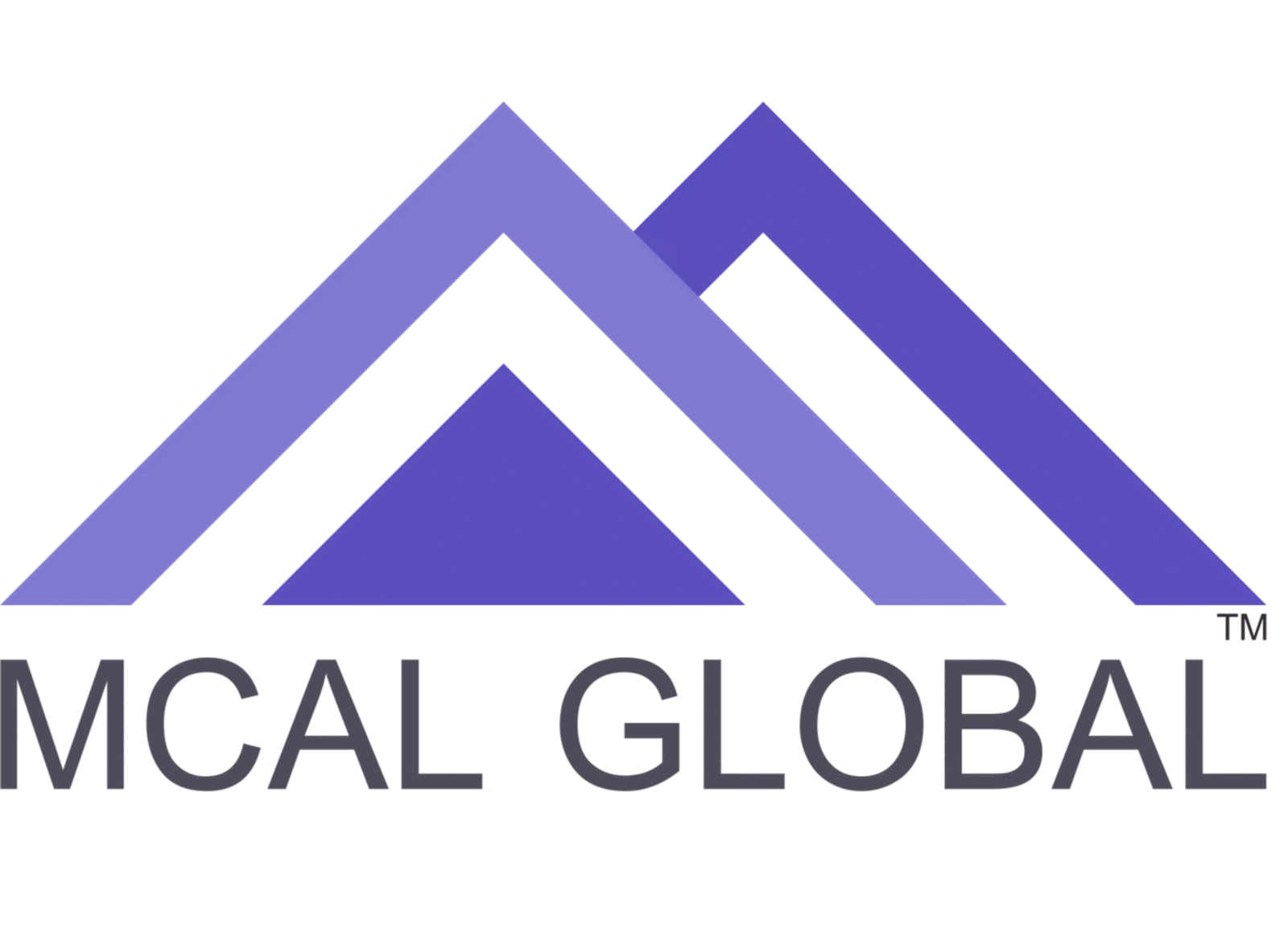In the dynamic world of business analytics, the ability to effectively visualize data is not just an advantage; it’s a necessity. The year 2024 has seen remarkable advancements in data visualization tools, revolutionizing the way business analysts decipher complex datasets. From static charts to dynamic, interactive dashboards, the evolution of these tools has been pivotal in translating data into actionable insights. This article delves into the most prominent data visualization tools of 2024, offering business analysts insights into selecting the best tool for their unique requirements. If you want to become a business analyst then you must have good understanding of these data visualization tools.
Table of Contents
ToggleThe Rise of Data Visualization in Business Analysis
In the landscape of 2024, data visualization has become a cornerstone for business analysts. The rapid influx of data in today’s digital age has made it imperative for professionals to not only understand complex data sets but also communicate their findings effectively. This is where data visualization tools step in, transforming rows of data into visual stories that are both compelling and informative.
The evolution of these tools has been driven by the need for more intuitive, user-friendly platforms that can handle large volumes of data while providing real-time insights. With businesses facing an ever-increasing demand to make data-driven decisions swiftly, these tools have become indispensable in the arsenal of a business analyst. They enable analysts to identify trends, recognize outliers, and derive meaningful patterns that might otherwise be lost in the sea of data.
Moreover, the integration of advanced technologies like artificial intelligence and machine learning has further elevated the capabilities of these tools. In 2024, we’re seeing an unprecedented level of sophistication in data visualization software, empowering business analysts to not only analyze past and present data but also predict future trends. This predictive capability is a game-changer, offering businesses a competitive edge by enabling proactive decision-making.
As we continue to navigate through a data-driven world, the role of data visualization in business analysis is only set to grow. It’s no longer just about presenting data; it’s about telling a story that drives action.
Top Data Visualization Tools in 2024
In 2024, business analysts have a wealth of data visualization tools at their disposal, each offering unique features and capabilities. Let’s explore some of the top tools that have become essential for effective data analysis.
Tableau
Tableau has long been a favorite in the data visualization space, and in 2024, it continues to dominate thanks to its powerful yet user-friendly interface. Ideal for business analysts of all skill levels, Tableau excels in creating interactive dashboards and stunning visualizations. What sets it apart is its robust data handling capacity and flexibility in connecting with various data sources. Whether it’s simple bar charts or complex geographical maps, Tableau makes data storytelling accessible and engaging.
Microsoft Power BI
For those dealing with massive datasets and requiring advanced analytics, Microsoft Power BI is a go-to tool. Its integration with other Microsoft products, like Excel and Azure, makes it a convenient choice for many businesses. Power BI’s real strength lies in its deep analytics capabilities, offering features like AI-powered insights, which can be a game-changer in making data-driven decisions. Its ability to process and visualize real-time data makes it invaluable for dynamic business environments.
Looker Studio (formerly Google Data Studio)
Google’s entry into the data visualization arena, Looker Studio( formerly Google Data Studio), stands out for its seamless integration with other Google services such as Google Analytics and Google Ads. This tool is particularly user-friendly, making it an excellent choice for those new to data visualization. While it might not have the advanced analytical capabilities of Tableau or Power BI, its simplicity, and efficiency in creating interactive reports make it a popular choice among business analysts.
Qlik Sense
Qlik Sense is renowned for its self-service analytics and intuitive dashboard creation. It uses associative analytics engine, allowing users to explore data relationships across multiple sources easily. This tool is designed for business analysts looking for a more hands-on approach to data exploration. With its responsive and interactive visualizations, Qlik Sense enables analysts to delve deeper into their data and uncover insights that might be overlooked in traditional reporting.
Comparative Analysis of Tools
Choosing the right data visualization tool is crucial for a business analyst, as it can significantly impact the efficiency and effectiveness of data interpretation. Let’s compare the tools we’ve discussed to help you make an informed decision.
Usability
- Tableau stands out for its intuitive drag-and-drop interface, making it user-friendly for both beginners and advanced users. Its strong community support and extensive learning resources add to its usability.
- Microsoft Power BI is highly integrated with other Microsoft products, offering a familiar environment for users already accustomed to the Microsoft ecosystem. However, its advanced features might require a steeper learning curve.
- Google Data Studio wins in terms of simplicity and ease of use, especially for those already familiar with Google’s suite of products. It’s less intimidating for beginners but may lack some advanced functionalities.
- Qlik Sense offers a unique approach with its associative analytics model, providing a more exploratory data analysis experience. It’s intuitive for those who prefer a hands-on approach to data discovery.
Features
- Tableau excels with its extensive range of visualization options and robust data handling capabilities. Its ability to handle large datasets and create complex, interactive visualizations is unparalleled.
- Microsoft Power BI stands out with its deep integration of AI and machine learning, offering advanced analytics capabilities like predictive modeling and automated insights.
- Google Data Studio offers excellent integration with other Google services, making it an excellent tool for those heavily reliant on Google’s ecosystem. However, it may lag in more sophisticated analytical capabilities.
- Qlik Sense shines with its associative analytics engine, allowing for a more flexible exploration of data and uncovering hidden trends and patterns.
Suitability
- Tableau is ideal for businesses that require comprehensive data analysis capabilities and deal with complex data sets.
- Microsoft Power BI is best suited for organizations already embedded in the Microsoft ecosystem, requiring advanced analytics and real-time data processing.
- Google Data Studio is perfect for smaller businesses or individuals who need a straightforward tool for creating basic reports and dashboards, particularly if they’re already using Google’s suite of tools.
- Qlik Sense is suitable for those who prioritize data exploration and discovery, offering a more interactive approach to data analysis.
Emerging Trends and Future Outlook in Data Visualization Tools
The field of data visualization is rapidly evolving, and 2024 has seen some groundbreaking trends that are shaping the future of how business analysts work with data.
Integration of Artificial Intelligence and Machine Learning
One of the most significant trends is the integration of AI and machine learning into data visualization tools. This integration is revolutionizing how data is processed, analyzed, and presented. Tools are now capable of offering predictive analytics, which helps businesses anticipate market trends and customer behaviors. For instance, AI algorithms can identify patterns and correlations in large datasets that might be invisible to the human eye, enabling analysts to make more informed decisions.
Real-Time Data Processing
The ability to process and visualize data in real-time is another trend gaining momentum. In a fast-paced business environment, the need for instant data analysis is critical. Tools like Power BI are leading the way in this area, providing analysts with the capability to make swift, data-backed decisions. This real-time processing is vital for industries like finance and e-commerce, where market conditions can change rapidly.
Increased Accessibility and User-Friendliness
Another noteworthy trend is the increased focus on making data visualization tools more accessible and user-friendly. As the demand for data analytics grows across various sectors, tools are being designed with non-technical users in mind. This democratization of data means that more people within an organization can engage with and understand data, leading to a more data-driven culture.
Predictive and Prescriptive Analytics
Moving beyond descriptive analytics, the future of data visualization lies in predictive and prescriptive analytics. This involves not just showing what has happened or what is happening, but also predicting what will happen and prescribing actions to achieve desired outcomes. Tools are increasingly being equipped with advanced analytics capabilities to not only forecast future trends but also suggest the best course of action based on those predictions.
Enhanced Interactivity and Customization
Finally, enhanced interactivity and customization are becoming standard features in data visualization tools. Users can now interact with data in more meaningful ways, such as through natural language processing or intuitive drag-and-drop interfaces. Customization allows for the creation of tailored dashboards and reports that resonate more effectively with different audiences.
How MCAL Global is Helping Business Analysts Aspirants?
As the landscape of data visualization continues to evolve in 2024, the importance of comprehensive training and education in this field cannot be overstated. For business analysts looking to stay at the forefront of this dynamic field, MCAL Global’s Master Business Analysis Program offers an unparalleled opportunity to enhance their skills and knowledge.
This program is meticulously designed to equip professionals with the latest tools and techniques in business analysis, including advanced training in data visualization. Participants will gain hands-on experience with leading data visualization tools, learning how to transform complex data into actionable insights. The curriculum is constantly updated to reflect the latest trends and advancements, ensuring that learners are always ahead of the curve.
Moreover, MCAL Global’s commitment to excellence and a practical approach to learning makes it an ideal choice for business analysts aspiring to excel in their careers. By enrolling in the Master Business Analysis Program, you’re not just learning about data visualization; you’re preparing yourself to be a leader in a data-driven business world.
While the array of tools and technologies in data visualization is impressive, the key to truly leveraging these advancements lies in quality education and training. MCAL Global’s Master Business Analysis Program stands out as a beacon for those seeking to refine their skills and make a significant impact in the realm of business analytics. MCAL Global provides online Business Analysis training world wide and classroom business analysis training in Pune and Mumbai.
Join MCAL Global’s Master Business Analysis Training Program
For those aspiring to kickstart or advance their careers in business analysis, consider MCAL Global’s Master Business Analysis Training Program as a transformative step toward securing high-paying positions at top companies. At MCAL Global, we offer CBDA, CBAP, and Master BA Training for the Investment Banking Domain. Explore how this comprehensive training can equip you with the skills and connections needed for a successful career in business analysis.


